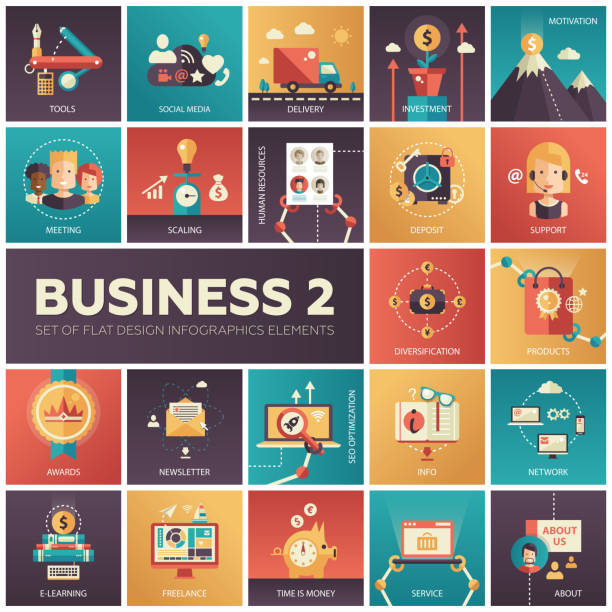How to create a website like linkedin
From Concept to Reality: A Comprehensive Guide to Creating a Professional Networking Website Like LinkedIn
Introduction:
LinkedIn has transformed the way professionals connect, network, and explore career opportunities. If you are inspired by the success of LinkedIn and have the ambition to create a similar platform, this comprehensive guide will walk you through the steps involved in building a professional networking website. From conceptualization to implementation, we will explore the key considerations and best practices to help you bring your vision to life.
1. Define Your Vision and Goals:
Before embarking on the journey of creating a professional networking website, clearly define your vision and goals for the platform. Determine the target audience you aim to serve, such as professionals from specific industries, job seekers, or entrepreneurs. Understanding your objectives will guide the decision-making process and shape the direction of your website.
2. Conduct Thorough Market Research:
Market research is crucial to identify gaps, opportunities, and challenges in the professional networking landscape. Analyze existing platforms like LinkedIn, and examine their strengths, weaknesses, and unique features. Identify the pain points of users and consider how your website can address them effectively. This research will provide valuable insights to help you differentiate your platform and offer a better user experience.
3. Determine Core Features and Functionalities:
Based on your vision, goals, and market research, determine the core features and functionalities your professional networking website should offer. These may include user profiles, connections, messaging, job listings, networking groups, news feeds, and content-sharing options. Consider incorporating innovative features to provide a unique value proposition to your users.
4. Plan the Website Architecture:
Develop a comprehensive plan for the website’s architecture and navigation. Define the structure and hierarchy of pages, ensuring intuitive user flow. Consider the user journey from registration to accessing various features. Create wireframes and mockups to visualize the layout and design elements of your website.
5. Design a User-Centric Interface:
Design an intuitive and visually appealing user interface that aligns with your brand identity. Collaborate with experienced designers to create a clean and professional design. Prioritize user experience (UX) by ensuring easy navigation, clear calls-to-action, and responsive design for different devices. Test the interface with users to gather feedback and make necessary improvements.
6. Develop the Website:
Engage a skilled development team or utilize website-building platforms to start developing your professional networking website. Select appropriate technologies, programming languages, and frameworks that align with your project requirements. Build a scalable and secure architecture to handle user data, interactions, and website performance. Regularly test and iterate during the development process to ensure functionality and usability.
7. Implement User Authentication and Privacy:
Ensure robust user authentication mechanisms to protect user accounts and personal information. Utilize encryption protocols, secure socket layers (SSL), and multi-factor authentication to enhance security. Comply with relevant data protection regulations, such as GDPR or CCPA, to ensure user privacy and build trust within your community.
8. Create User Profiles and Networking Features:
Develop comprehensive user profiles that allow individuals to showcase their professional experience, skills, education, and achievements. Enable users to connect with others, send and receive messages, and build professional relationships. Implement search and filtering options to help users discover relevant connections based on industry, location, or interests.
9. Integrate Job Listings and Recruitment Features:
Include a robust job listing and recruitment section to connect job seekers with potential employers. Develop advanced search filters, automated job alerts, and application management systems. Provide employers with the ability to post jobs, review resumes, and communicate with candidates efficiently. Foster a seamless recruitment experience within your professional networking platform.
10. Enable Content Sharing and Engagement:
Allow users to share and publish relevant content, articles, and industry insights. Implement features such as news feeds, user-generated content moderation, and personalized content recommendations. Encourage users to engage with each other’s content through likes, comments, and sharing. Foster a vibrant community where knowledge-sharing and meaningful discussions thrive.
11. Implement Monetization Strategies:
Consider various monetization strategies to sustain your professional networking website. These may include offering premium memberships with enhanced features, sponsored content opportunities, targeted advertising options, or partnerships with relevant businesses. Strike a balance between generating revenue and providing a valuable user experience to maintain the trust and engagement of your users.
12. Test, Launch, and Iterate:
Thoroughly test your website’s functionality, performance, and user experience before launching. Conduct beta testing with a group of users to gather feedback and identify any issues or areas for improvement. Incorporate the feedback and make necessary refinements to enhance the user experience. Monitor the website’s performance, gather analytics, and continue iterating based on user feedback and market trends.
Conclusion:
Creating a professional networking website like LinkedIn requires careful planning, strategic decision-making, and technical implementation. By defining your vision, conducting thorough market research, designing a user-centric interface, and incorporating essential features, you can develop a platform that connects professionals, fosters networking, and promotes career growth. Remember, building a successful website is an ongoing process that requires continuous improvement and adaptation to user needs and industry trends. Stay committed to providing value to your users and nurturing an engaged community to achieve long-term success.






